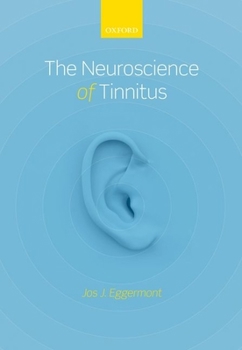The Neuroscience of Tinnitus
Tinnitus - the perception of sound in the ear, in the absence of external sound - affects around 25 million people worldwide. It occurs in adults as well as in children, in war veterans and factory workers, in classical musicians, rockstars, and disc jockeys. Consequently, a history of recreational, occupational, and firearm noise exposure may all be associated with an increased likelihood of acquiring tinnitus. Being a subjective phenomenon, tinnitus is difficult to measure, though, in the past decade, it has become the subject of intensive scientific research. Research in neuroscience has revealed how tinnitus is generated by the brain when hearing loss occurs, and this research has played a part in helping us understand the cause, diagnosis, and treatment of this disorder. The Neuroscience of Tinnitus reviews our current knowledge of the neural substrates of tinnitus. It draws heavily on the author's own extensive work in this field, and is divided into two parts, the first focusing on human models, the second on animal models. The book describes the search for the neural mechanisms that underlie the amplification process resulting in tinnitus, and ways to manage its maladaptive side effects. Based on over 1 references and the author's own experience, both of tinnitus and the research into its mechanisms, this book is the most comprehensive single-author book on the market. It is a valuable reference source for auditory neuroscientists, and also to those in the fields of audiology, psychology, neurology, and otolaryngology.
Format:Hardcover
Language:English
ISBN:0199605602
ISBN13:9780199605606
Release Date:July 2012
Publisher:Academic
Length:326 Pages
Weight:1.60 lbs.
Dimensions:0.9" x 6.7" x 9.8"
Customer Reviews
0 rating





